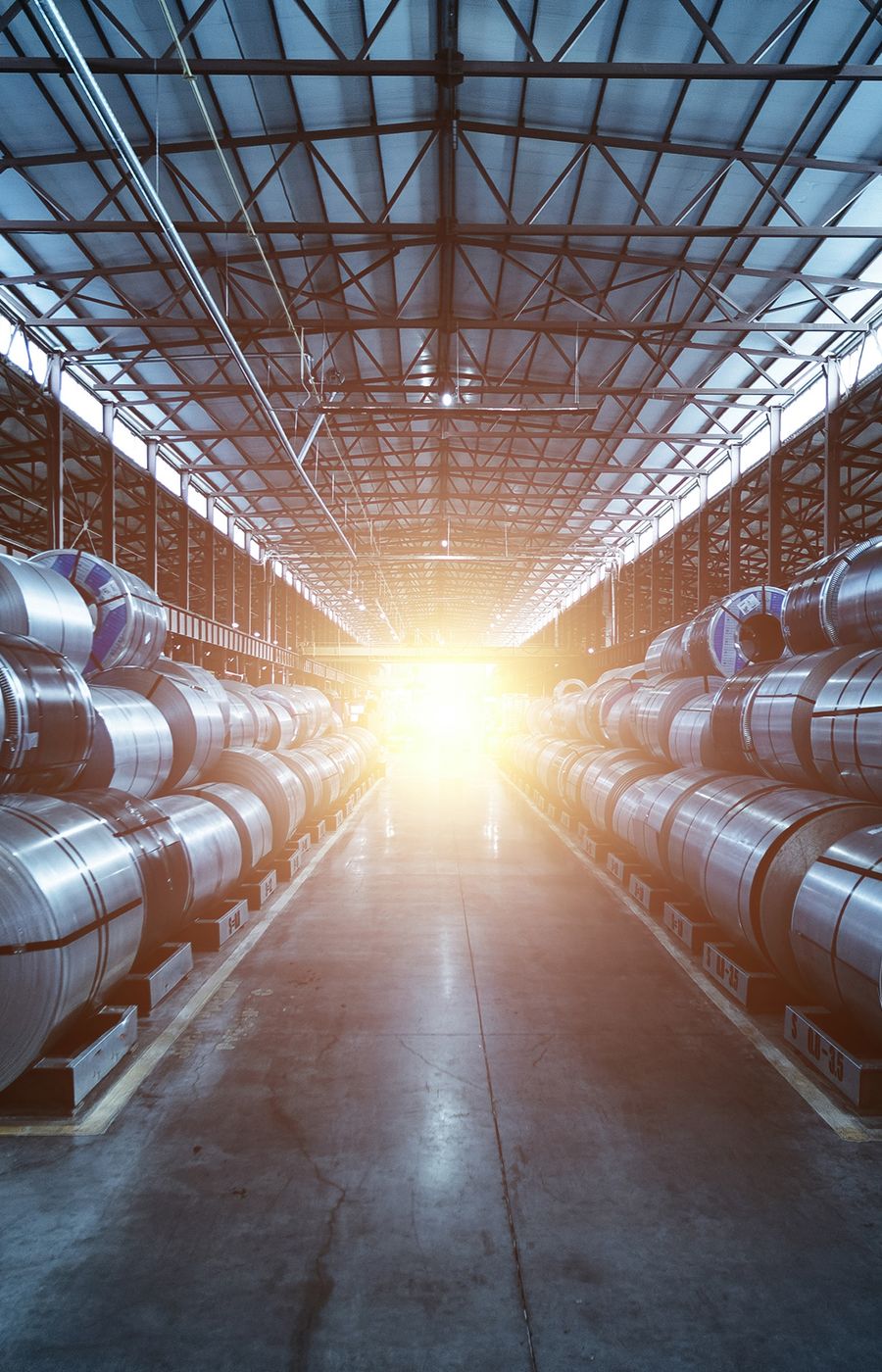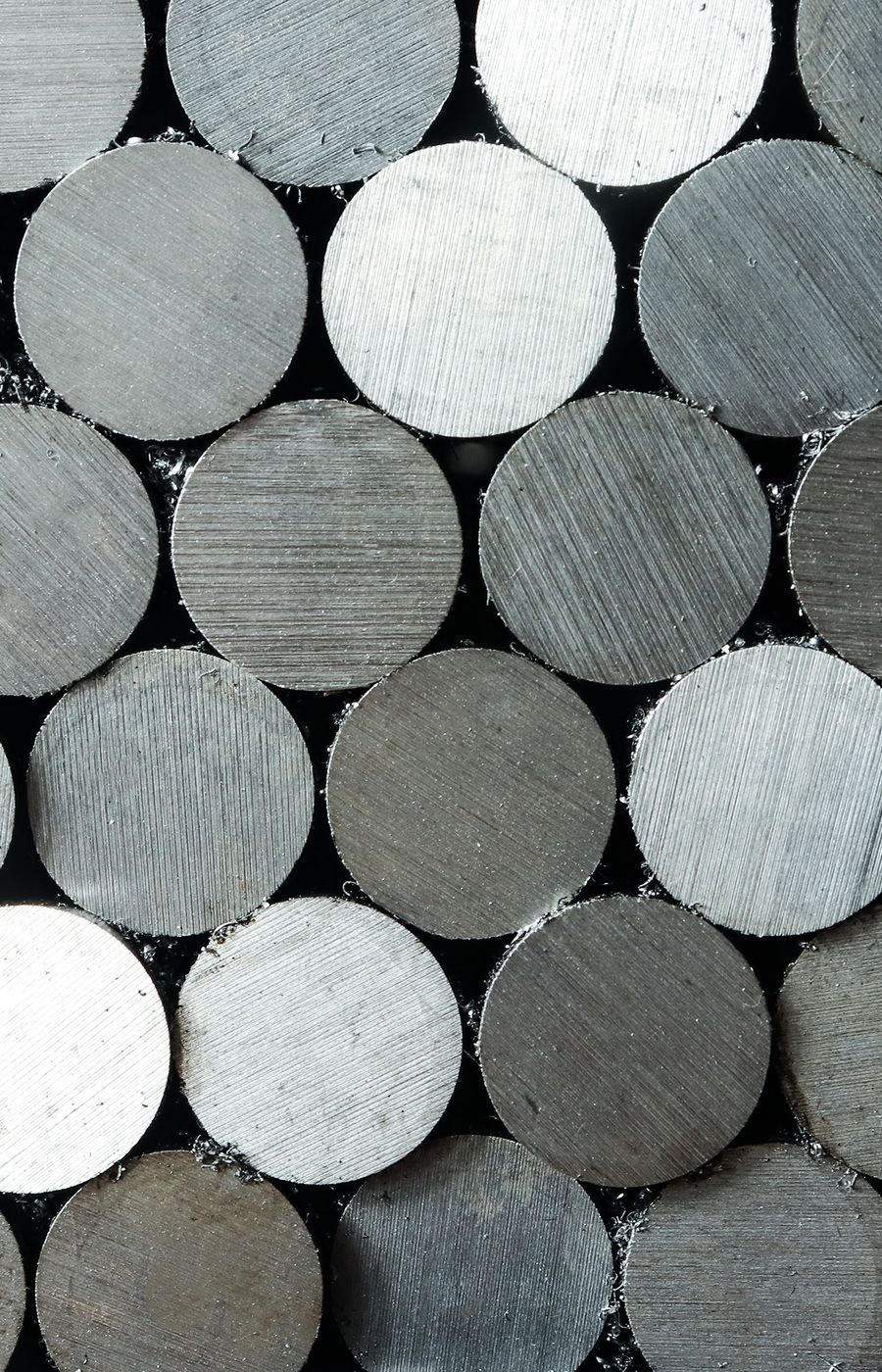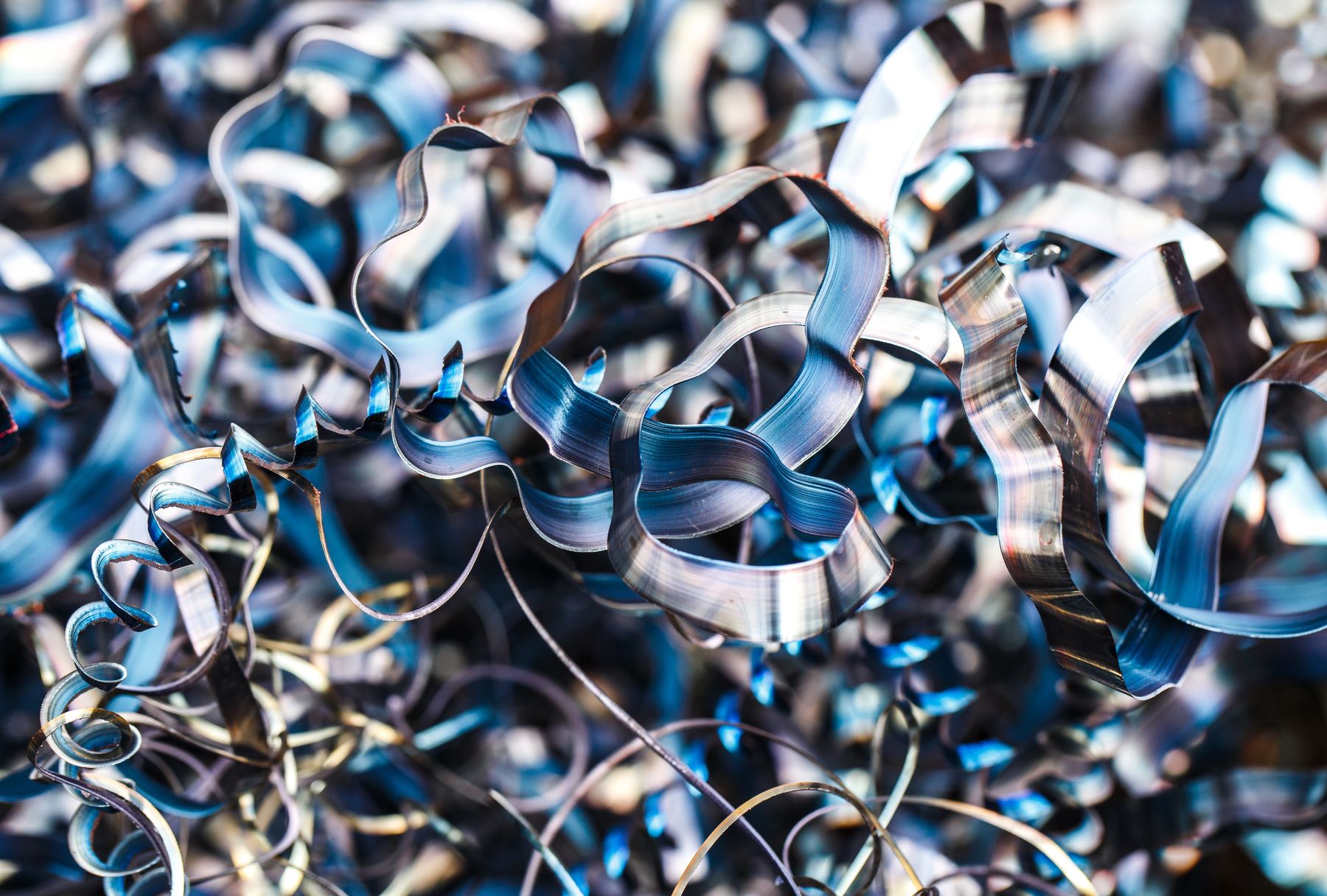
Carbon neutral metals
Less bad, more good
Strong frames, roofs, window frames, plumbing and heating systems… Metals are a major part of construction. Buildings also consume metals indirectly, since their entire lifecycle uses huge amounts of energy. As we move away from traditional fossil fuels and towards renewable energy sources, more and more metals will be needed. So, the vicious cycle is complete: the green transition requires metals, but there’s not enough of them available.
One major problem in construction is steel, which currently accounts for 7–9% of global CO2 emissions — about three times more than global air traffic. Steel is produced from iron ore, which consists of iron and oxygen. The oxygen is separated from the iron with carbon by burning coal and its derivative, coke, at high temperatures. However, this process releases huge amounts of carbon dioxide. So the question is: can we make steel without fossil fuels?

Metals producers and research organisations are developing new solutions: for example the steel company SSAB is piloting a technology in Sweden and Finland that replaces coal with hydrogen. In this process, hydrogen removes oxygen from iron ore and the oxygen is removed as water vapour. Carbon is still needed, but only as an alloying element.
At Aalto University, Professor Ari Jokilaakso's research group has been developing solutions using recycled scrap as well as industrial side streams. These materials are abundant and do not require the same pre-treatment or energy-intensive processes as metals mined from the earth’s crust. However, they contain elements that are impurities for the metal produced or may be hazardous to the process and equipment, and especially, if released to nature.
These types of recycled waste materials typically contain less than 1% of the valuable metals. They must first be extracted and the hazardous impurities removed. Just as in the production of steel, the removal of oxygen is essential. Instead of fossil coke, Ari Jokilaakso's research team has been studying plant-based biochar and hydrogen as alternatives. Although the slag cleaning process releases carbon dioxide, the overall effect is carbon neutral because the biochar plants have absorbed carbon dioxide from the air, and hydrogen forms water vapour.
If the current trend is maintained, the global building stock is expected to double in size by 2050, and the demand for metals is set to soar. The sector will be faced with an impossible conundrum: current supplies are inadequate to satisfy future needs. Could it be argued that the only reasonable response is, simply, to build less?
